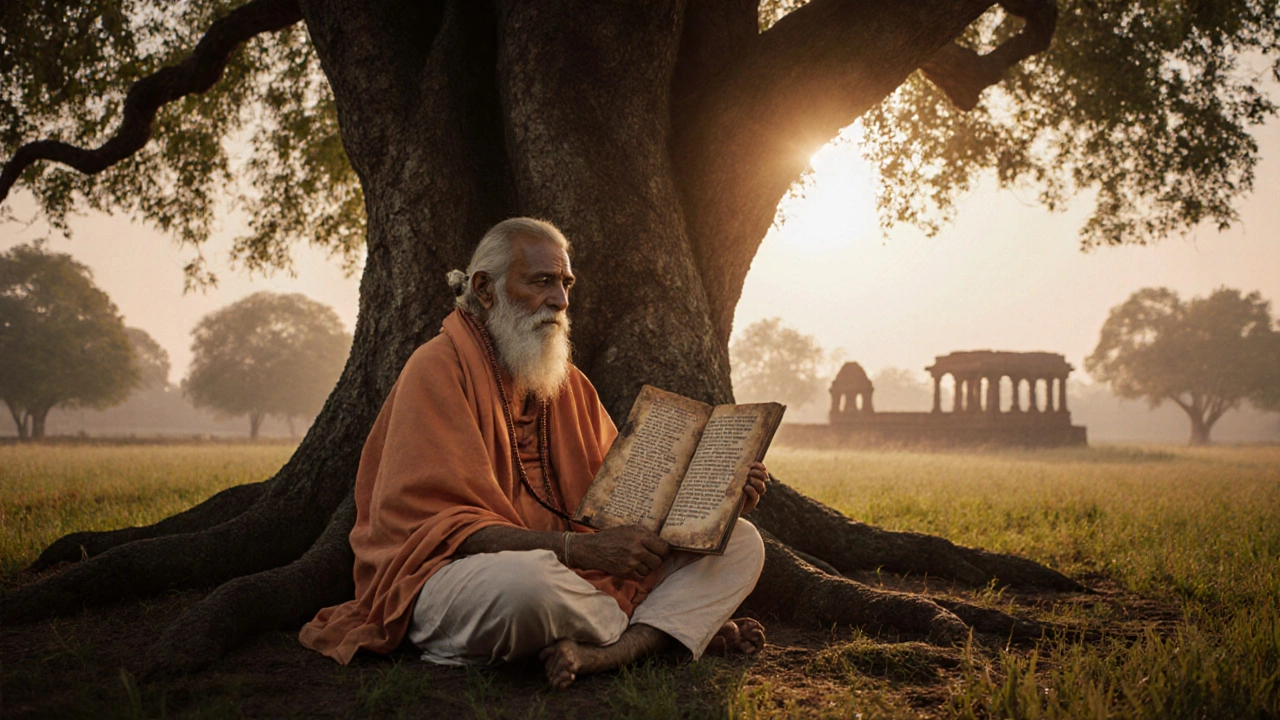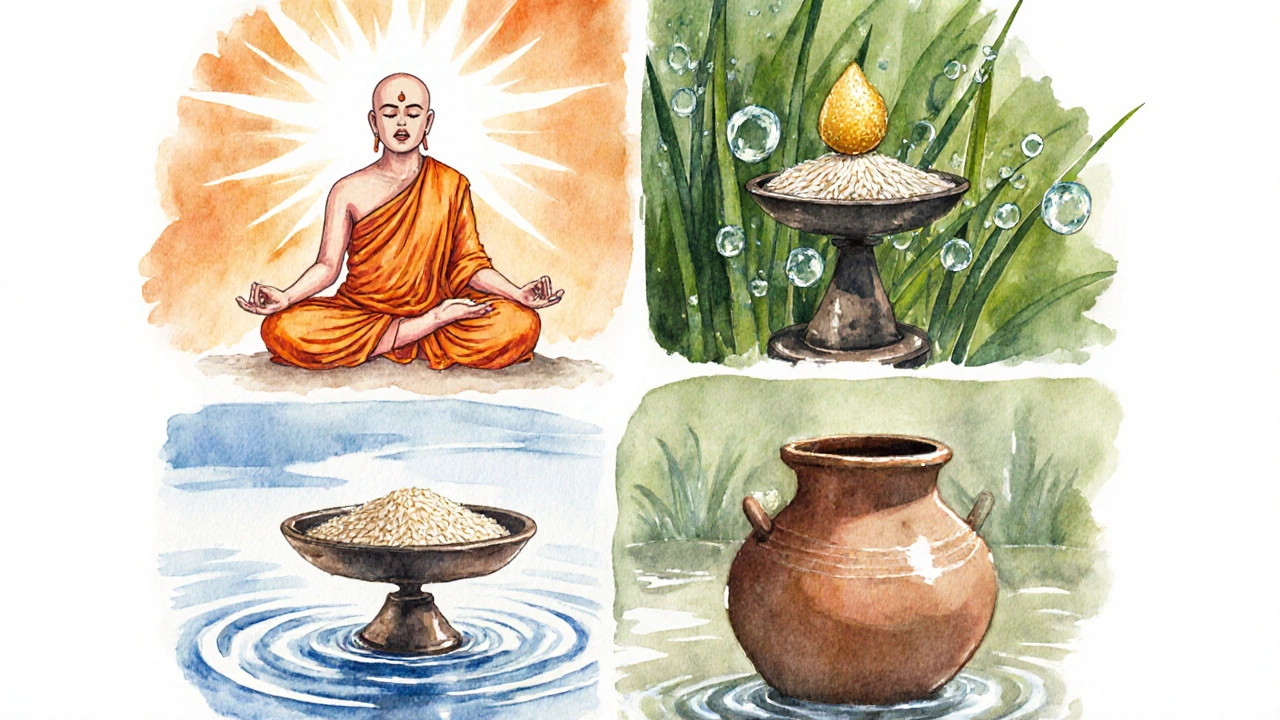Indian Proverbs Explained: Meaning, Origins & Examples

When you hear a short, punchy saying that instantly clicks with a life lesson, you’ve probably just heard an Indian proverb. These nuggets of wisdom have been handed down for centuries, shaping conversations, literature, and even political speeches across the subcontinent. In this guide we’ll unpack what makes an Indian proverb tick, where they come from, and why they still matter today.
What is an Indian proverb?
Indian proverb is a concise, culturally rooted saying that conveys a moral, practical tip, or philosophical insight, often using vivid imagery or metaphor. While the structure mirrors proverbs worldwide-brief, memorable, and advice‑laden-the Indian variant carries unique linguistic flavors from languages like Hindi, Sanskrit, and regional tongues such as Tamil or Punjabi. The core idea is the same: pack a big idea into a tiny phrase.
Historical roots and cultural backdrop
The oldest Indian proverbs trace back to Vedic literature, where verses of the Rig Veda and Mahabharata used proverbial wisdom to teach dharma (righteousness). Later, the Bhagavad Gita offered crisp counsel-think “Yoga is the journey of the self, through the self, to the self”-which reads like a spiritual proverb.
During the medieval period, folk storytellers (kathakars) and poets (bhakti saints like Kabir and Tulsidas) wove proverbs into bhajans and padas, making them accessible to illiterate masses. The British colonial era introduced a new layer: proverbs were collected, translated, and sometimes weaponized in political discourse. Leaders such as Mahatma Gandhi quoted them to rally unity-“A man of great endurance should first pray for patience.”
Common themes that run through Indian proverbs
- Spiritual insight: Many proverbs echo concepts from yoga, karma, and moksha, urging inner reflection. Example: “He who sees the world as his own self sees the whole world.”
- Moral values: Honesty, humility, and respect figure prominently. “A single grain of rice can tip the scale of justice.”
- Practical advice: From farming tips to business etiquette, you’ll find guidance for daily chores. “The early morning dew does not wait for the lazy.”
- Social commentary: Caste, gender, and community nuances often hide in metaphor. “A pot can’t hold water if its lid is missing.”

Popular Indian proverbs and what they really mean
- “A stitch in time saves nine.” - While borrowed from English, it’s widely used in India to stress early intervention.
- “जैसे राजा, वैसे प्रजा” (Jaisa raja, waisa praja). Translation: “The people reflect the ruler.” It’s a warning that leadership sets the tone.
- “काम कर थक नहीं, काम न करो तो थक जाओगे.” (Kaam kar thak nahin, kaam na karo to thak jaoge). Translation: “Working hard won’t tire you, but idleness will.” Encourages diligence.
- “जो बीज बोओगे, वही फसल मिलेगी.” (Jo beej booge, wahi fasal milegi). Translation: “You reap what you sow.” A staple reminder of karma.
- “एक तीर से दो शिकार.” (Ek teer se do shikar). Translation: “One arrow, two targets.” Advises multitasking wisely.
Each proverb carries layers of cultural nuance. For instance, the Hindi version of “A stitch in time saves nine” often appears as “समय पर सुई डालो, नौ का पछतावा नहीं” - preserving the original rhythm and making it feel homegrown.
How Indian proverbs shape everyday conversation
In modern India, proverbs pepper everything from WhatsApp status updates to political speeches. When a friend says, “ऊँट के मुँह में जीभ” (a tongue in a camel’s mouth) to describe a futile effort, you instantly understand the humor. Teachers use them to reinforce lessons-“बिना मेहनत के फल नहीं मिलता” (no fruit without effort) becomes a mantra for exam prep.
Media leverages proverbs for impact. Bollywood dialogues often embed them: “किसी को अपनी टीम में रहने दो, चाहे वह कैबिलीर हो या मारियासन” - hinting at diversity. Advertising agencies also borrow proverbs, tweaking them to suit brands while retaining cultural resonance.

Indian proverbs vs. proverbs from other cultures
| Aspect | Indian Proverbs | Western Proverbs | Chinese Proverbs |
|---|---|---|---|
| Core Philosophy | Interconnectedness (karma, dharma) | Individualism (self‑reliance) | Harmony with nature |
| Typical Imagery | Animals (camel, ox), agricultural tools | Domestic scenes, weather | Nature cycles (moon, river) |
| Usage Context | Family, spiritual gatherings, business | Schools, media, politics | Family advice, philosophy texts |
| Length | Often concise, sometimes poetic | Short, proverb‑like | Four‑character idioms (chengyu) |
The table shows that while the structural skeleton of a proverb is universal, the cultural “flavor” varies. Indian sayings often embed spiritual doctrine, making them a bridge between everyday life and deeper philosophical thought.
Tips for using Indian proverbs correctly
- Know the language: A proverb in Hindi may lose its punch when directly translated to English. Keep the original phrase if your audience understands it.
- Match the context: Spiritual proverbs fit sermons or meditation talks; practical ones shine in business meetings.
- Avoid overuse: Dropping a proverb in every sentence can feel forced.
- Respect regional variations: A saying popular in Bengal may have a different version in Gujarat.
- Check the meaning: Some proverbs carry archaic connotations that could be misunderstood today.
Quick reference checklist
- Identify the language of your audience (Hindi, English, regional).
- Select a proverb that aligns with your message’s tone (spiritual vs. practical).
- Deliver it naturally-preface with “as they say…” or embed within your narrative.
- Follow up with a brief explanation if the proverb is uncommon.
- Observe the reaction; tweak usage in future conversations.
What is the difference between a proverb and a saying?
A proverb is a short, universally accepted truth that often carries moral weight, while a saying may be a casual comment or local idiom without a deeper lesson.
Are Indian proverbs only in Hindi?
No. They appear in Sanskrit, Tamil, Punjabi, Bengali, Malayalam, and many other regional languages, each adding its cultural spice.
How can I remember Indian proverbs better?
Tie them to vivid images or personal stories. Repeating them in daily conversation reinforces memory.
Do Indian proverbs change over time?
Yes. New technology and social shifts generate fresh sayings, while older ones may fade or be reinterpreted.
Can I use Indian proverbs in professional emails?
If the audience is familiar with the cultural context, a well‑chosen proverb can add warmth. Keep it brief and relevant.